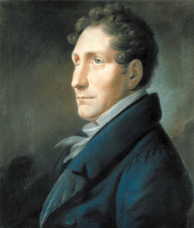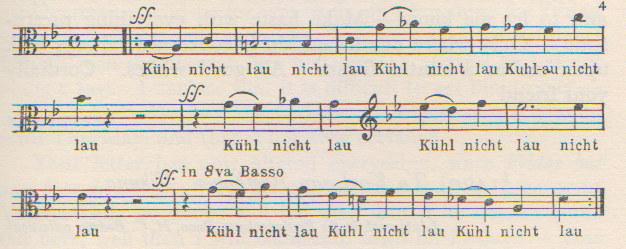On 2 September 1825, Beethoven received a visit from an admirer, German-born Danish composer Friedrich Kuhlau.

In the course of some serious partying, they began discussing canons built around the notes B-A-C-H (in German notation, B♭, A, C, B♮). Bach himself had used this sequence, most famously in “The Art of the Fugue,” and Beethoven had long wanted to write an overture based on B-A-C-H as a homage to Bach. Beethoven and Kuhlau both sketched canons based on this sequence in Beethoven’s conversation book.
On 3 September 1825, Beethoven wrote to Friedrich Kuhlau:
I must confess that in my case also the champagne went too much to my head and that again I had to experience the fact that such indulgence hampers rather than promotes my ability to work. For though I am usually well able to reply on the spot, yet I haven’t the faintest recollection of what I wrote yesterday. (Beethoven Letters No. 1427)
In compensation, Beethoven supplied a brand-new B-A-C-H canon, catalogued as WoO 191:

Notice the dal segno markers indicating how the complete canon is to be constructed. The text is a play on Kuhlau’s name: Kühl is German for “cool” and “lau” is lukewarm or tepid, so the text translates as “Cool, not tepid.”
#Beethoven250 Day 348
Canon “Kühl, nicht lau” (WoO 191), 1825
A three-voice realization with animated score.